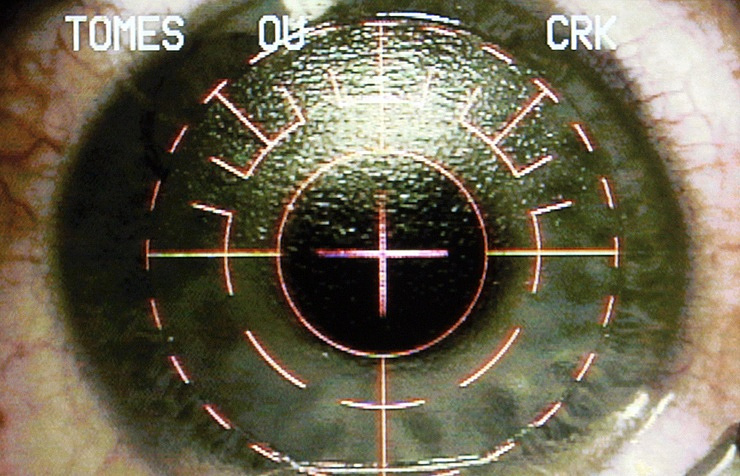Applied in numerous systems and devices ranging from smartphones to interplanetary stations, photodetectors are typically sensitive to light within a certain narrow bandwidth which causes many problems for developers. However, scientists from Russia, China, and Saudi Arabia have solved this problem, said the press service of Moscow Institute of Physics and Technology (MIPT).
Photodetectors are sensors which produce electrical currents when exposed to the sun, so, this effect enables the detection of light. “Photodetectors that can “feel” the irradiation in a wide range of frequencies are highly desirable, but are very hard to make. “We have found a very fast, cheap, and effective way to broaden the range of photodetector sensitivity,” said Vadim Agafonov, the head of the Molecular Electronics Center at MIPT and a co-author of the paper.
He and his colleagues from China’s Changchun Institute of Applied Chemistry and Saudi Arabia’s King Saud University conducted an experiment where they exposed a photodetector containing zinc oxide nanoparticles to ultraviolet light. It turned out that by interacting with the surfaces of the device, the UV radiation could alter its sensitivity.
According to the scientists, the UV light detaches oxygen atoms form the zinc oxide molecules. This leads to the redistribution of electron and holes, which are vacant positions for electrons. As a result, the freed-up electrons can then act as charge carriers, generating photocurrent even at a minimal measurable optical power intensity of 60 picowatts per cm· under the bias voltage of 0.5 V.
Finally, researchers have achieved a high-performance photodetector with a much broader working spectral range and maximum external quantum efficiency (ratio between the number of “dislodged” electrons and the number of incident photons) of 140,000% rather than 30% measured before UV treatment. To put it more clearly, whereas before irradiation 10 photons have generated just three electrons, after UV treatment the same number of photons have produced 14,000 photoelectrons.
The article summarizing the results has been published in Advanced Functional Materials. The authors claim that it is sufficient to treat a photodetector with UV light once during its manufacturing in order to achieve the broad spectral response. They believe that photodetectors treated in such a way can be used in numerous applications from imaging to atmospheric sensing.
